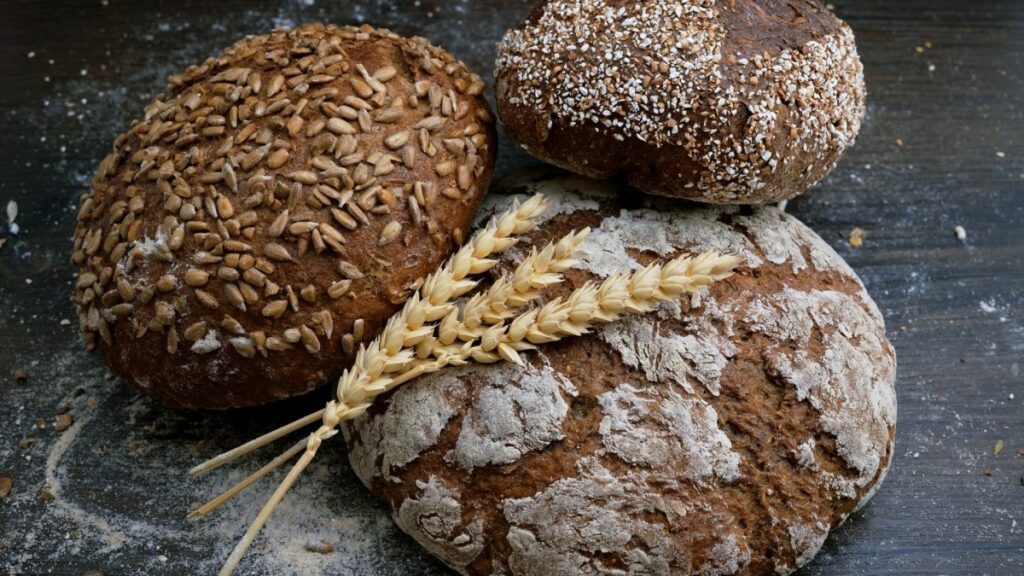Wholemeal flour has been particularly popular in recent years. But is everything called “wholemeal” really healthy, or is this just a fad among health-conscious lifestyle enthusiasts? But what is the difference between wholemeal and white flour? What makes whole wheat flour healthier, and how can it be used in recipes? Stay tuned!
How is wholemeal flour healthier than white flour?
Wholemeal flour, as its name suggests, is made by grinding the whole grain, which has three parts: kernel, germ and bran. These parts contain large amounts of minerals such as magnesium, zinc, iron, B vitamins and fibre, which help with bowel emptying.
White flour, in contrast, is deficient in these precious ingredients because it is made by grinding the grain down to the kernel. The grain is left with only starch, which clings to the walls of the intestines and can cause constipation. Whole wheat flour also takes longer for the body to digest, making whole wheat flour filling longer and naturally good for our health.
Wholemeal flour types
You can buy wholemeal flour in different varieties and find wheat, wheat, rye or spelt flour in the shops. Wholegrain flour is further divided into smooth, semi-coarse and coarse. Plain flour is still passed through a sieve after milling and has a lower bran content, making it quicker to release gluten. Therefore, it is especially suitable for recipes where shorter cooking or baking times are expected.
Price of wholemeal flour
Compared to conventional white flour, wholemeal flour is more expensive due to the more gentle production process. The most refined quality flours are milled on millstones, preserving all the essential ingredients.
This type of production is more demanding than the production of conventional white flour. The price also considers that wholemeal flour is often produced in organically controlled farming, making it more demanding to grow. This flour is labelled organic.
Using wholemeal flour in the kitchen
Wholemeal flour has a higher nutritional value due to its whole grains and a darker color and a stronger taste. It has great versatility in food preparation, cooking or baking sweet and savoury pastries, desserts, wholemeal cakes or puddings.
Most commonly, whole wheat flour is added to the mix for whole wheat homemade bread, but you can also add it to bun dumplings, whole wheat cakes or whole wheat pancakes. Whole wheat flour also makes great whole wheat biscuits, giving them a higher nutritional value. We can also make fruitcakes healthier with wholemeal flour.
Cooking with wholemeal flour is quick and easy, even making homemade wholemeal pizza or Italian focaccia bread. So, get off to the store and start experimenting!
Also Read:
